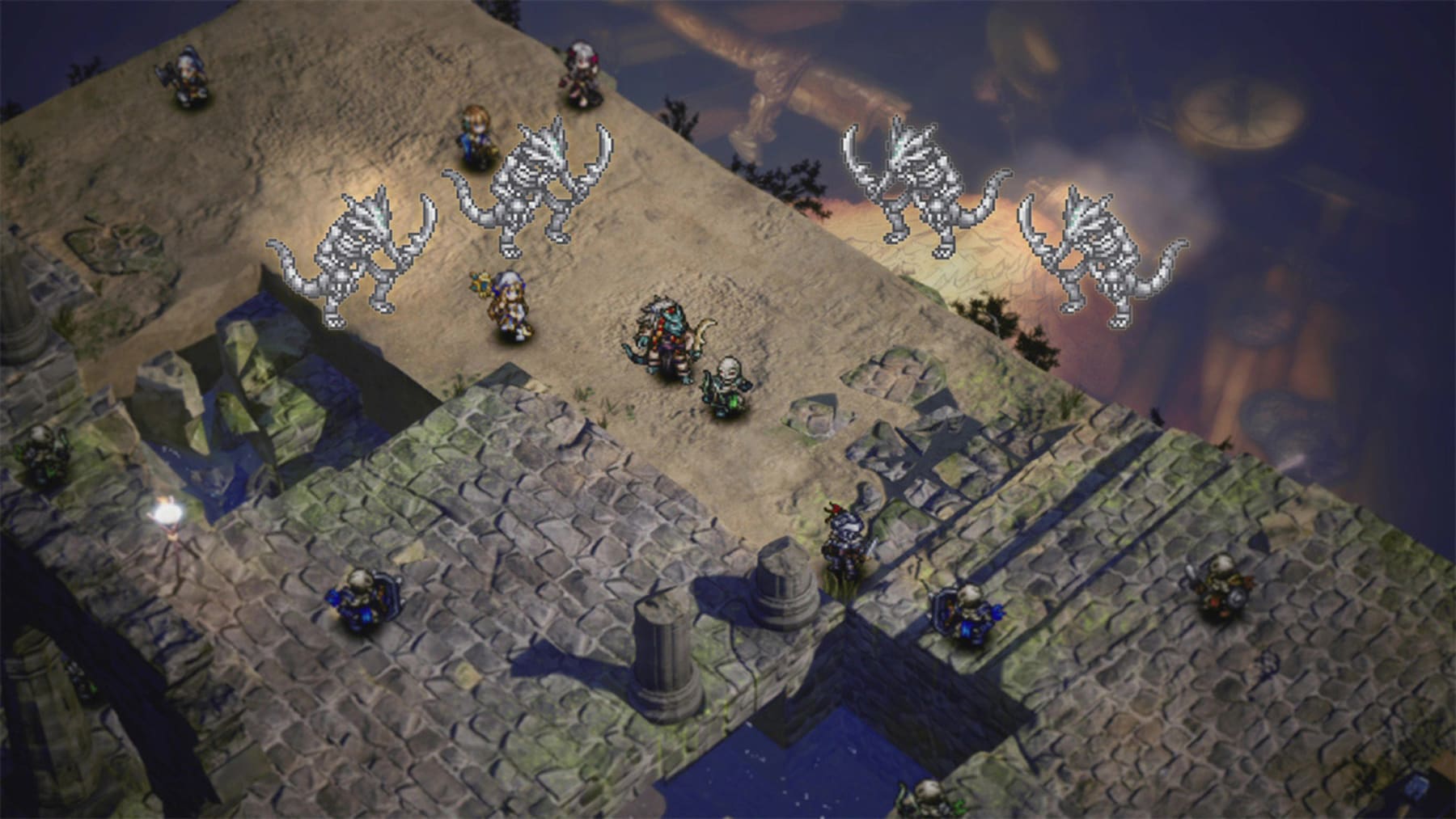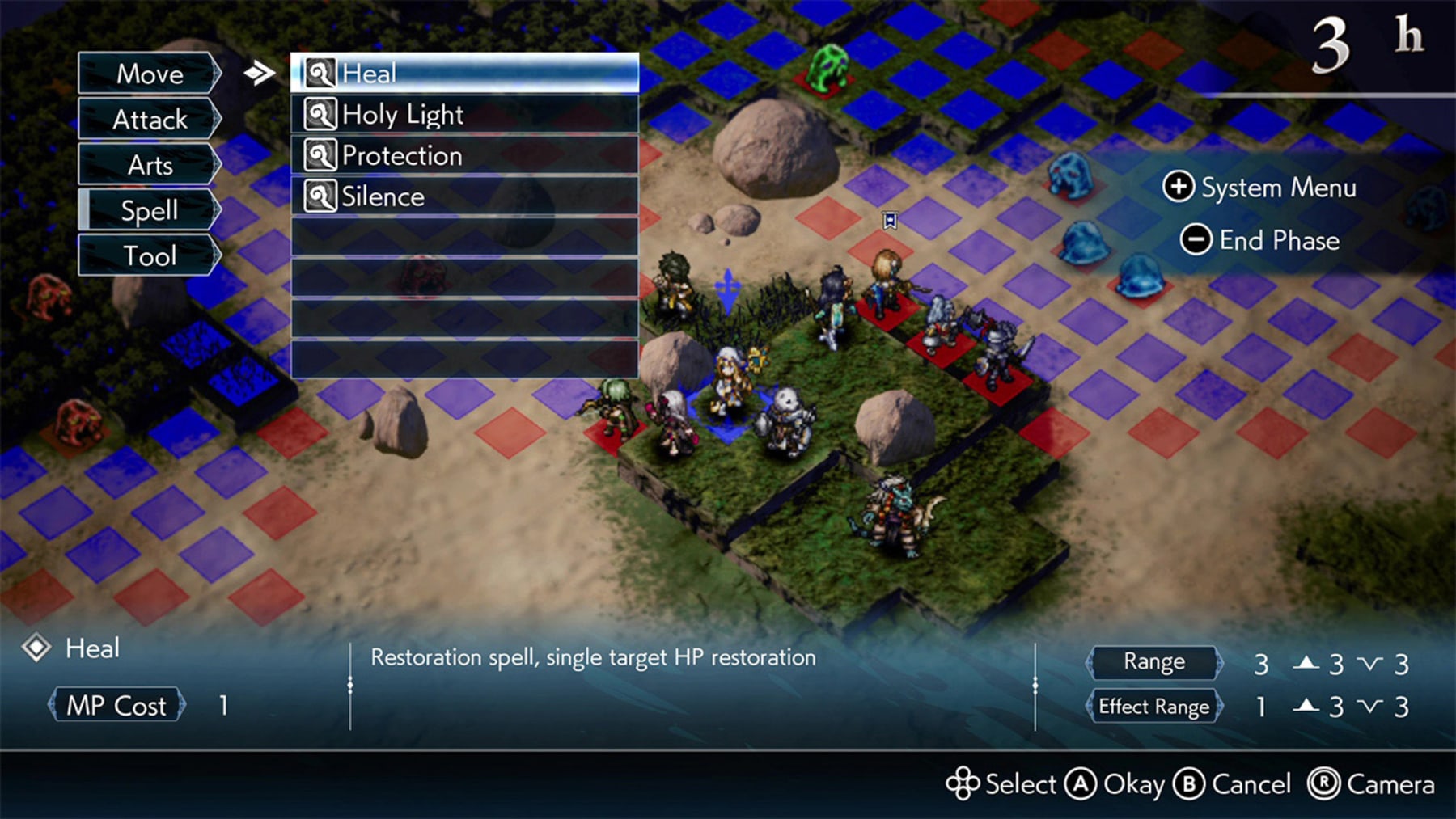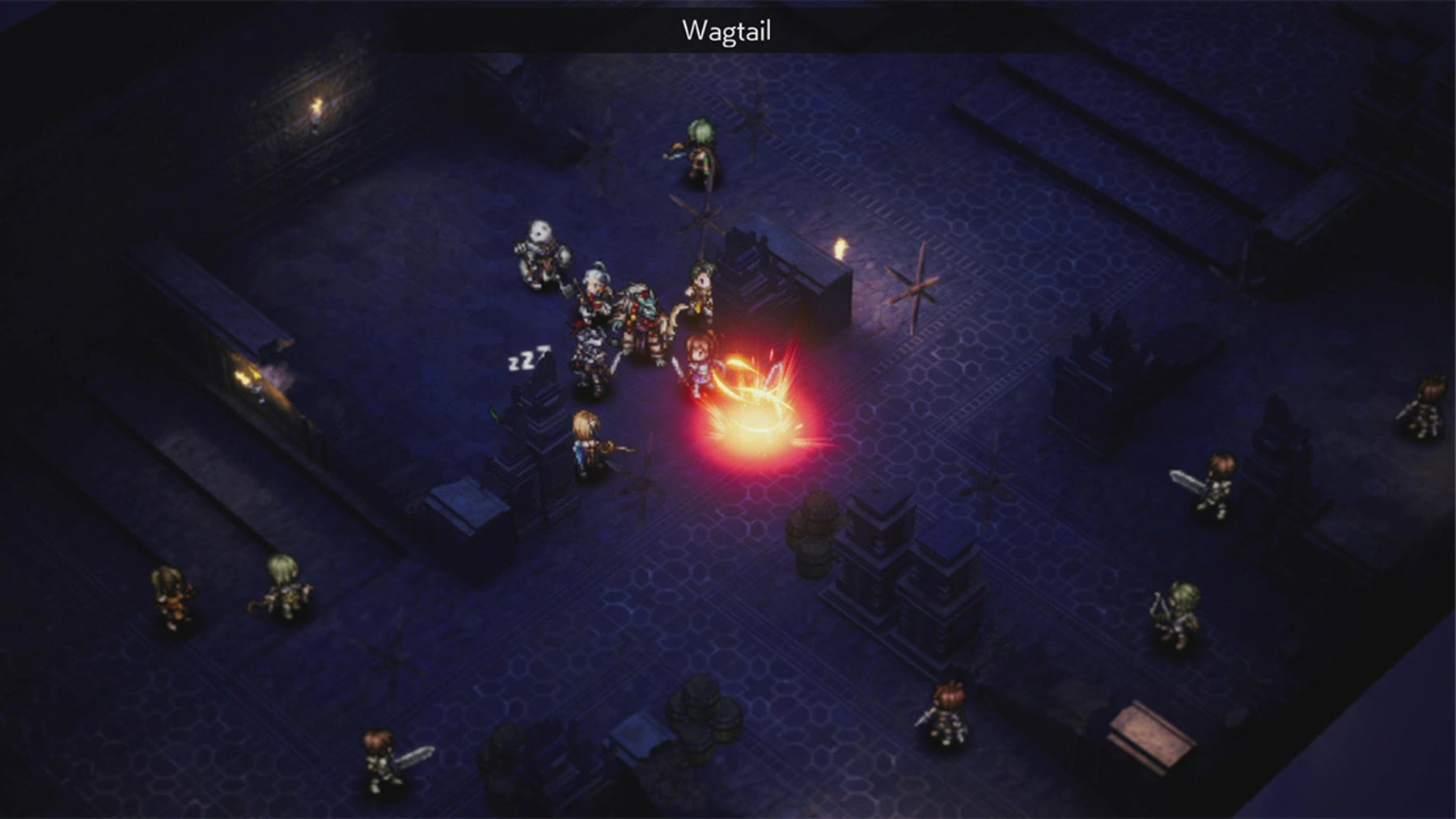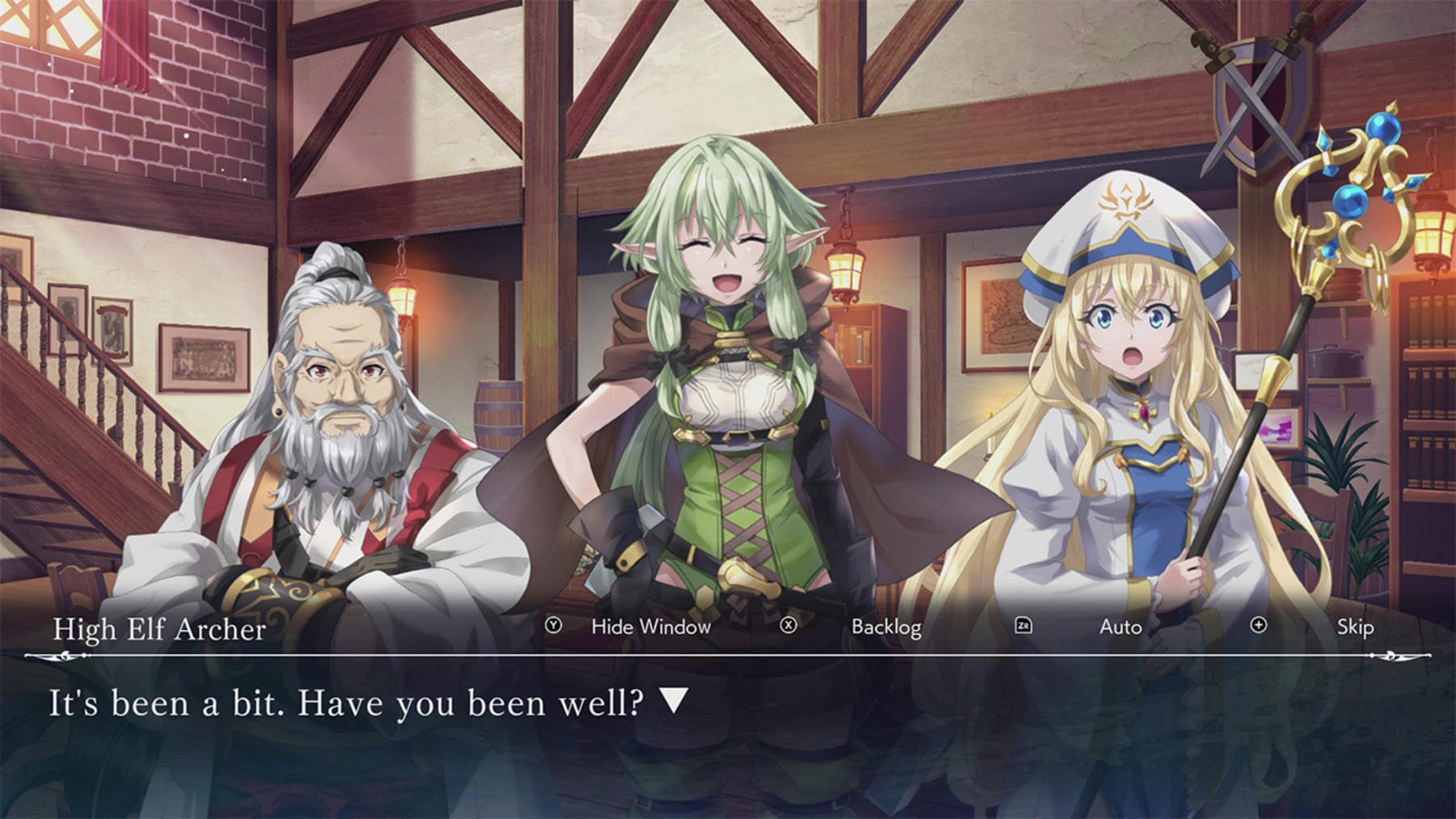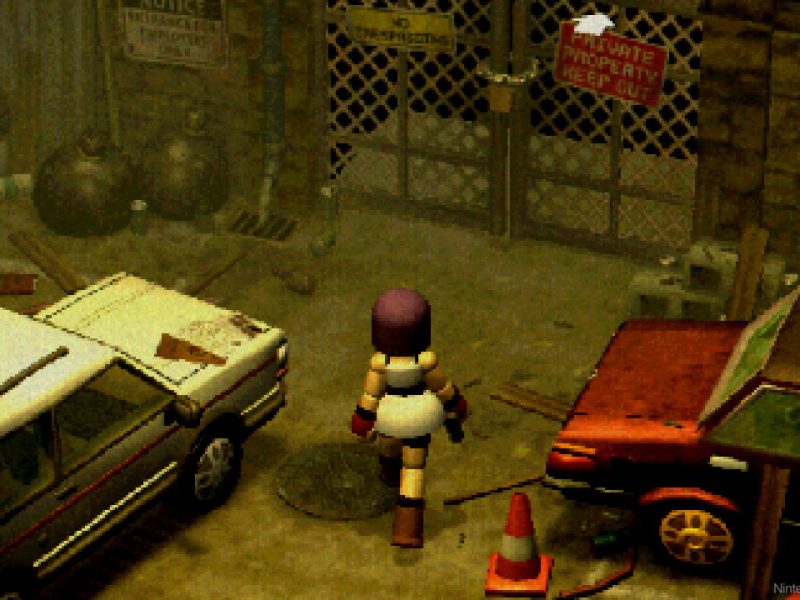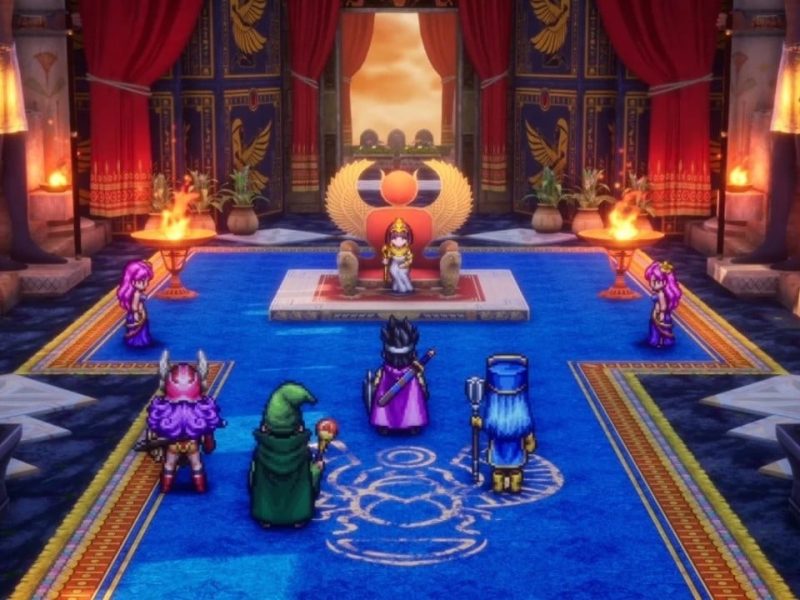I come to Goblin Slayer -Another Adventurer- Nightmare Feast not as a fan of the light novel (or its subsequent adaptations), but of tactical RPGs in general. In that regard, it’s OK, but I wonder if I would’ve liked it more if I were a fan of the series on which it’s based.
That’s not to say you need to have a knowledge of Goblin Slayer to enjoy the game. I hopped in without any trouble; I just never really connected with anyone despite the developers’ clear attempt to have me do so.
The beginning of Goblin Slayer -Another Adventurer- Nightmare Feast is exceptionally text-heavy. A lot of time is spent setting up the scenario about a young woman who’s taking over her dead dad’s role as master of the local adventurer’s guild. If you’ve ever played…anything, really, you’ll know what this means. Time to build up the guild by recruiting members and taking on missions until you get tangled up in a bigger plot that serves as your story arc.
Thing is, developers have numerous tools at their disposal for keeping games interesting as they guide us down paths we’ve tread before. In tactical RPGs, those tools tend to be the characters and the gameplay. Here, both are passable. Series creator Kumo Kagyu handled the script for the game, and he does a solid job of introducing new characters at just the right time to take advantage of their unique skills. Meeting and utilizing the new guild members provides a good deal of the fun, and series fans will be happy to know there’s a good mix of new and familiar characters.
There is a double-edged sword in use here, though. Although the diverse character set is welcome, most of them get too much story time. The gaps between game levels can be quite long, forcing the player to spend almost as much time reading as they spend playing. The characters are well-voiced (in Japanese), but I often wanted to just skip past their hijinks and put them in danger—especially early on before things really kick into gear.
Said danger is where the game is more successful. Combat takes place on your typical isometric grid, so it won’t be hard for genre fans to hop right in.
Of note, the game allows the player to determine how your controller’s square-shaped D-pad handles the X-shaped character movement. This may be the first time I’ve seen that, and I liked having the option…even though I didn’t change the default setting.
Combat involves moving to a location on the grid and initiating an action, or vice versa. Terrain effects can help you, and it’s obviously important to not overextend characters so they become vulnerable to gang-ups. You do have the ability to display the enemies’ range on the grid, but you have to shut it off when you move. Worse, it seemed to only show their attack range for basic attacks, not any skills they may have. This forces the player to pull up or recall an enemy’s abilities when making placement decisions, which slows things down.
Taking out the enemies mostly involves balancing your attack, magic, and item use, while also providing buffs and removing any debuffs placed on your team. Enemies can also be lured into traps you’ve set up at the start of a battle. They can be tricky to execute, but they’re fun when you pull them off successfully. If you’re the type to restart a level simply because your planned trap didn’t work, then we can be mutuals on Bluesky.
Of course, the further you get into the game, the more missions you can accept for items and rewards to help you build up your guild and your abilities. There’s a variety of unit types to take advantage of, although I often went with the characters I preferred socially over their dedicated skill sets. That’s not good strategy, but I am who I am—a gamer with no interest in anthropomorphic animals. Thankfully, the difficulty is balanced well enough to keep things moving along despite the occasionally bad decision…provided you’re keeping up on your optional missions.
Some odd gameplay decisions do drag things down, however. For starters, the combat areas are often so large that you have to use multiple turns just to reach the enemy.
This is especially annoying when you’re moving up to 10 characters across the field. It’s also weird that the enemies always seem to be so much more powerful than your team. The strategy therefore focuses on preparation and isolation. Fine. But that also means it’s very easy to lose party members if you make a single bad decision on the battlefield. This is especially troublesome early in the game when resources and skills are at a minimum.
Still, Goblin Slayer -Another Adventurer- Nightmare Feast does enough to keep SRPG fans entertained. The graphics are fun, especially the character art, which was handled by original series artist Noboru Kannatsuki.
The music fits in well. The story may plod along at times, but it’s never off-putting or annoying juvenile, as we sometimes see in games like this. In fact, it’s occasionally a bit risqué, but I guess that should be expected considering the source material. This game didn’t win me over to that material, but it did enough to keep me entertained until the next by-the-books tactical RPG lands on my home screen.
